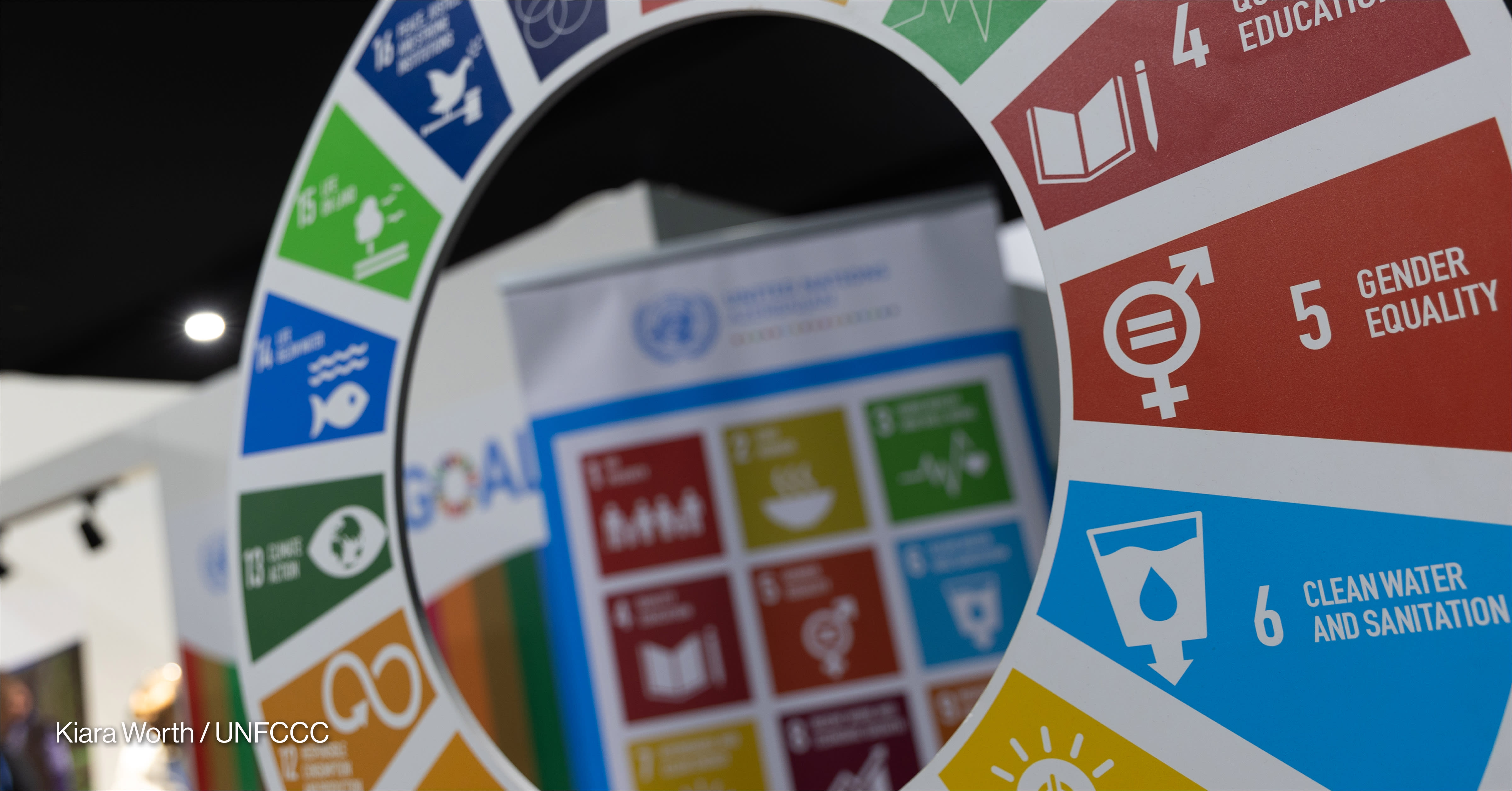
Digital technology carries enormous potential to improve access to education, reduce youth unemployment, and in turn promote socioeconomic development, according to the International Telecommunications Union, or ITU.
Yet, a staggering 2.2 billion — or two-thirds of children and young people aged 25 years or below — do not have internet access at home. In some regions such as eastern and southern Africa, only 5% of youth in rural areas have access to connectivity. Even for those who are connected, many of the young people considered “digital natives” may not actually possess sufficient job-relevant digital skills to find employment.
According to the ITU report “Measuring Digital Development: Facts and Figures 2020,” less than 40% of individuals in 40% of the countries surveyed reported having carried out activities requiring basic digital skills — such as internet research or online communication via email — in the last three months.
However, for young people to reap the benefits of the digital economy, everyone from governments to the private sector to academia and civil society will need to play a supporting role.“It is only by preparing youth with digital education and opportunities that SDG 8 (decent work for all and economic growth) can be achieved,” according to ITU.
“Many of my contemporaries working in low-skilled jobs don’t have the skills needed to grasp the economic potential of digital technologies.”
— Valarie Waswa, youth envoy, ITU’s Generation Connect initiativeSocial entrepreneurs have also increasingly started to see the need for filling this digital skills gap, and some are taking matter into their own hands. Devex spoke to Valarie Waswa, a youth envoy for ITU’s Generation Connect initiative, lawyer, and social entrepreneur working to address the barriers to digital inclusion facing young women in rural areas of Kakamega county in western Kenya.
The conversation has been edited for length and clarity.
What does “digital inclusion” mean to you and how are you working to improve it for the communities that you work in?
For me personally, digital inclusion represents a myriad of activities required to ensure that all individuals and communities — including vulnerable groups such as women, people with disabilities, and elderly — have access to and use of information technologies.
I run an initiative called She Goes Digital, which provides digital training to young women between the ages of 12 and 24 based in the rural parts of Kakamega county in western Kenya. Many young women face obstacles to participation in the digital economy due to digital illiteracy, which leaves them locked out of the job opportunities required to reduce the poverty levels in Kakamega county. She Goes Digital seeks to help women secure job placement through by providing lifelong training, mentorship, and resource sharing.
What inspired you to create She Goes Digital?
I'm a village girl. I was raised in rural parts of western Kenya. During my university years, I remember working online jobs on platforms such as Upwork and Fiverr to supplement my pocket money. When the global pandemic came around, many young Kenyans lost their jobs, myself included, so I had to return home and stay with my family. I noticed how bad the situation was for my peers, which prompted me to share an online job opportunity on social media by way of support.
Responses to my post were overwhelming — my inbox and [direct messages] were flooded with questions from curious young women, asking how to earn extra money online. This is where the inspiration for She Goes Digital came from.
However, we have had our fair share of challenges. First, we had to tackle the low levels of online turnout caused by issues of [internet] affordability, poor connectivity, and lack of digital skills. Instead, we started offering physical training sessions out of our office.
We also had to tweak our content as we went along. Our vision was to teach subjects such as social media marketing, transcription services, and virtual assistance, but soon we reverted to teaching elementary digital skills first and foremost.
What are the biggest barriers to digital inclusion for your generation? Can you give a few examples?
To start on an optimistic note, Kenya has made commendable steps in promoting digital inclusion. Earlier this month, Kenya became the first country in Africa to introduce programming into its official curriculum for primary and secondary schools.
However, the first challenge facing young rural women between the age of 18-24 is digital illiteracy. Based on the survey I ran with the support of my team from She Goes Digital, 140 out of the 200 women we surveyed in Kakamega lack basic digital literacy skills: from switching on the computer to online browsing and using Microsoft Office.
Secondly, our studies show us that 3 out of 5 young women do not have electricity in their homes, and only 70 out of 200 girls own computers. The cost of the internet continues to be prohibitively expensive for young people wishing to go online. Buying bundles of mobile data in Kenya is a significant challenge, especially considering the existing poverty levels.
Many of my contemporaries working in low-skilled jobs don’t have the skills needed to grasp the economic potential of digital technologies. In their mind, digital training is reserved for engineers.
The ITU-led initiative Generation Connect aims to empower young people such as yourself with the skills and opportunities to advance their vision of a connected future. How is it helping to amplify and accelerate the impact of your business?
Participating in Generation Connect has opened many doors for me to share my story and learnings from promoting digital inclusion in my community. One speaking opportunities led to an introduction to a sponsoring partner for She Goes Digital, which enabled digital training for 130 girls in Kakamega county. The initative has provided me with access to partnerships and seed funding opportunities aimed at young social entrepreneurs.
Another collaboration opportunity came in the form of a research project with the ODI Institute in the U.K. where I was asked to help inform policies aimed at strengthen the rights of digital workers and especially gig workers in sub-Saharan Africa.
I was also energized through interactions with my global peers, especially a brainstorming sessions during which we explored ways to support each other and grow our social impact businesses.
Having collaborated with other global digital ambassadors, what would you describe as your generation’s top priorities when it comes to the future of digital platforms?
For starters, my generation demands digital platforms and user interfaces that are fast and easy to use. Gen Zers are impatient more than anything, and they haven’t got time to figure out complex databases or intricate web design. Gen Zers also respond very well to the collaborative nature of digital platforms.
Finally, we care about data privacy. Young people can feel unsettled and even violated, for instance, when their ads on YouTube clearly draw inspiration from their WhatsApp history. Craving pork ribs should not be an automatic invitation for burger joint commercials.
Visit the Generation Why series for more coverage on how we can ensure the digital space advances the rights of all young people and leaves no one behind. You can join the conversation using the hashtags #DevexSeries on #DigitalRights.



